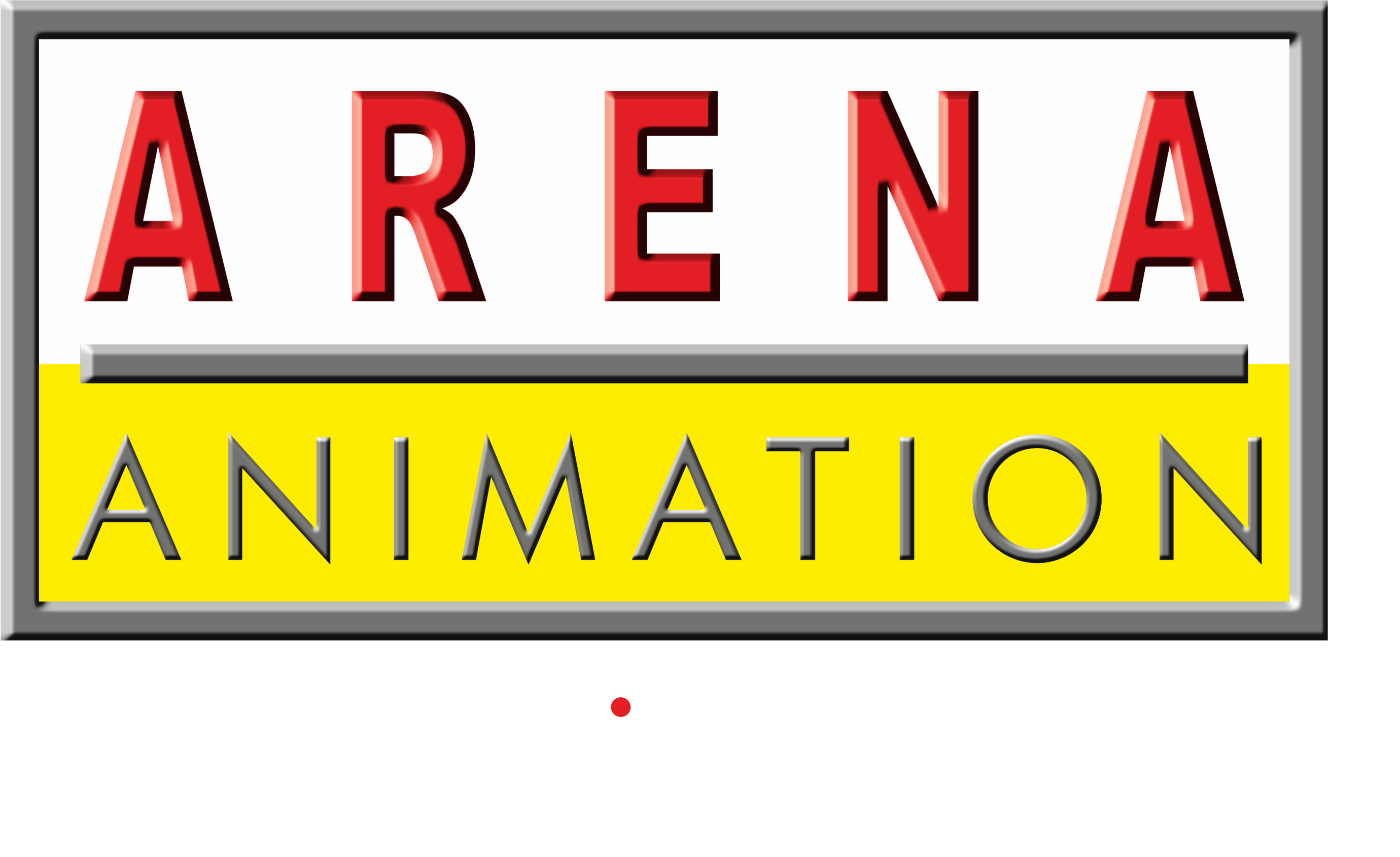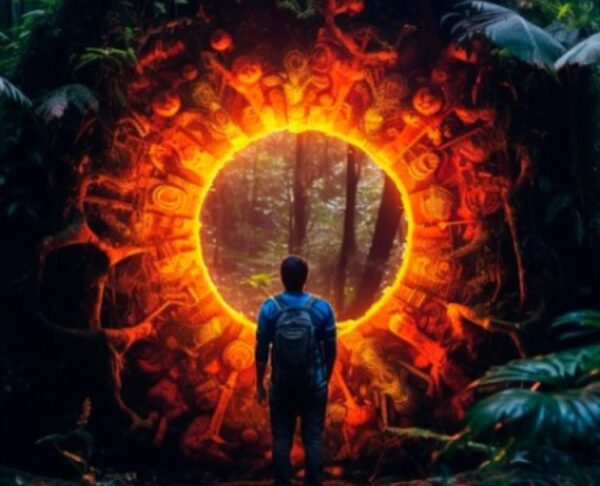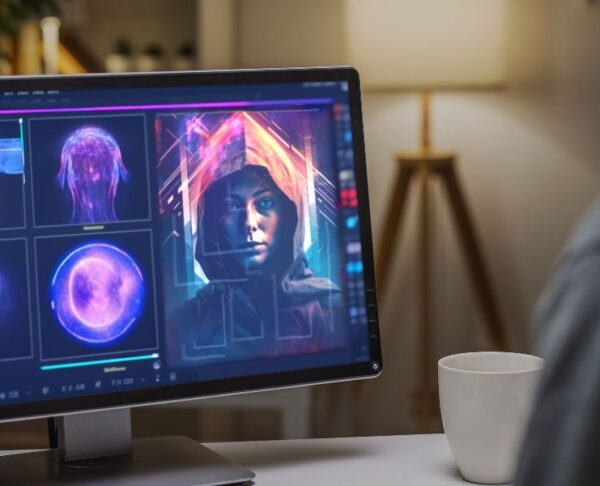The Lion King: A Game-Changer in Photo-real Animation
The most anticipated remake of Disney has hit the theatres and its release marks the completion of 25 years of the original movie that came out on June 15th of 1994.
The Lion King is not just one of many classic animated Disney films getting a remake, but is one of Disney’s most dearly loved possession.
As expected, the voiceover cast were appreciable, especially James Earl Jones returning as the voice of Mufasa. Donald Glover ‘Simba’ is outstanding too.
The most debated aspect of ‘The Lion King’ was whether it is a animated or live-action? Well, it’s complicated. The Lion King team moved away from the typical CGI animation process. They came up with a new way of shooting in virtual reality with a live-action crew and made use of life-like animation.
All 1,600 shots of the movie was made using computer generated imagery. But at the same time, the movie’s creative team also used a various live-action filmmaking tools and techniques. From lighting to camera movement to set dressing, everything was done using techniques that have been around for decades.
In terms of depicting the characters in CGI, VFX and photoreal animation, Disney animators have done a phenomenal job! It’s not the first time that they pulled off photorealistic looking animals. The Jungle Book that released in 2016 is still fresh in the memories of the audience.
For the purposes of the Academy Awards, Disney is expected to position the film as live-action as it did with The Jungle Book, which ultimately won an Oscar for visual effects.
Even though The Lion King is amazing in a number of ways, it is not perfect. As admirers of Disney studios and their works, many often think it’s unfair to point out where the studio is lacking. According to many, the purely CGI-ed animals aren’t able to match the timeless classic. As a 2D animator, one had the liberty to amplify emotions through facial expressions and ignore some laws of physics. Being a ‘live-remake’ the animals failed to elicit such response as they were realistic.
The second criticised aspect is the addition of new scenes and dialogues. It’s understandable that there has to be some tweaking for novelty, but it has to be done better than the previous one or else why change upon perfection? Small changes make big differences and in this case, unfortunately, it wasn’t for the better.
On the other hand, some critics objected the film being too similar to the original movie. Director Jon Favreau defended it by stating that the movie shouldn’t be reinvented completely and most agree with it.
Nevertheless, there is a sense of depth and energy in this edition of The Lion King too. It has already created box office records in its opening week.
Have you watched The Lion King yet? Tell us in the comments below, what you loved the most about the movie.



